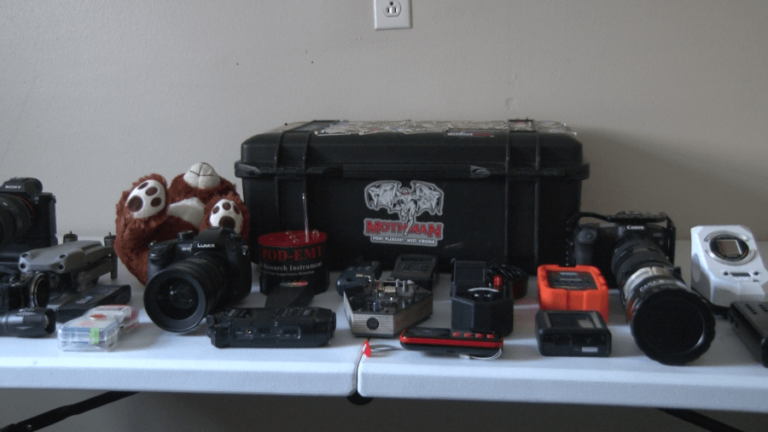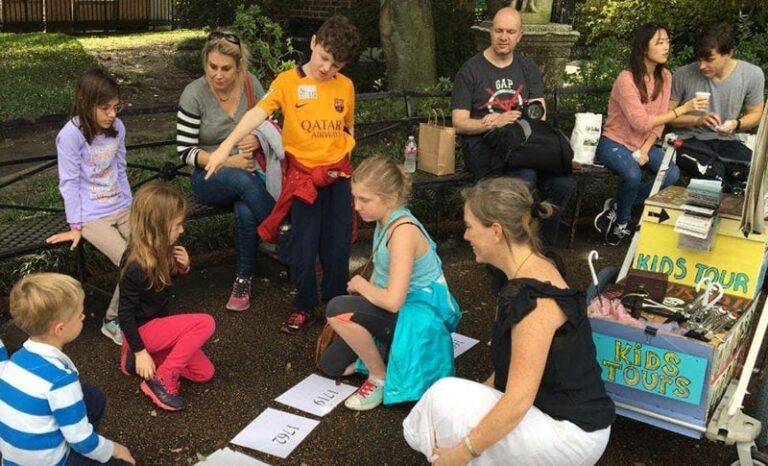Planning a murder mystery game in a haunted house can be an exciting and unique way to entertain guests. Here’s a comprehensive guide to help you create an unforgettable experience:
Step 1: Choose a Theme and Storyline
Your first step is to decide on a theme and storyline for your murder mystery. The theme should be compelling and fit well with the haunted house setting. Consider incorporating elements of horror, suspense, and historical or fictional settings. The storyline should be engaging, with a clear murder mystery that needs to be solved.
Step 2: Design Characters and Assign Roles
Create a list of characters, each with their own backstory and relationship to the murder victim. Ensure there is a mix of motives and opportunities among the characters. Assign these roles to your guests in advance, giving them time to prepare their costumes and understand their character’s backstory.
Step 3: Set Up the Haunted House
Transform your venue into a haunted house. Use decorations to create an eerie atmosphere – think dim lighting, cobwebs, old portraits, and mysterious sound effects. Each room can represent a different scene or clue related to the murder mystery.
Step 4: Plan the Gameplay
Decide how the murder mystery will unfold. Will it be a guided story where you lead the guests through the plot, or will they explore on their own, gathering clues? Plan how clues will be discovered and how they will lead to solving the mystery.
Step 5: Incorporate Interactive Elements
Add interactive elements to keep guests engaged. This could include puzzles to solve, secret messages to decode, and interactions with “ghosts” or actors playing parts in the story. These elements should help move the plot along and bring the haunted house to life.
Step 6: Prepare Clues and Props
Create clues that are coherent with the storyline and distribute them throughout the haunted house. Props can range from fake weapons to letters, diaries, or anything that adds depth to the story and aids in the mystery-solving process.
Step 7: Host the Game
On the day of the event, welcome your guests and remind them of the basic rules. Encourage them to stay in character and engage with each other and the environment. As the host, you might play the role of a narrator or detective to guide the gameplay.
Step 8: Provide Food and Beverages
Offer themed food and beverages to enhance the experience. These could be named after elements of the story or characters, adding to the immersive experience of the murder mystery game.
Step 9: Resolve the Mystery
The game should culminate in the resolution of the mystery. This could be a dramatic revelation where the murderer is exposed, or guests could vote on who they think the culprit is. Ensure the resolution is satisfying and ties up all the loose ends of the story.
Step 10: Debrief and Enjoy
After the game, have a debrief session where guests can discuss their theories and experiences. Share laughs over the evening’s events and enjoy the rest of your time together.
Tips for Success
Attention to Detail
- Immersive Atmosphere: Pay close attention to the small details that contribute to the atmosphere of your haunted house. This includes things like the placement of props, lighting, and ambient sounds. Each element should contribute to the overall theme and mood of the event.
- Character Development: Ensure each character has a well-thought-out backstory and clear motives. This not only helps players get into character but also enriches the storyline.
- Clue Craftsmanship: Design clues that are both challenging and logical. They should seamlessly integrate into the story, encouraging players to think critically and piece together the mystery.
Flexibility
- Adaptability in Storytelling: If players take the story in an unexpected direction, be ready to adapt on the fly. This could mean altering clues, improvising dialogue, or introducing new story elements to keep the game flowing.
- Handling Unforeseen Circumstances: Always have a backup plan for common issues such as a player dropping out last minute or technical difficulties with props or music.
- Encouraging Creativity: Allow players to explore their characters and the story in their own way. This flexibility can lead to a more engaging and personalised experience for everyone involved.
Safety First
- Secure Environment: Ensure that the physical space of your haunted house is safe. This means checking for trip hazards, ensuring that areas are well-lit enough to navigate safely, and that any props used are not dangerous.
- Emergency Preparedness: Have a first aid kit handy and be aware of the nearest exits in case of an emergency. Make sure all guests are informed about safety protocols.
- Psychological Safety: Be mindful of the themes and content in your story. It’s important to avoid overly graphic or disturbing elements that could upset players.
Engage All Guests
- Inclusive Role-Playing: Assign roles that cater to different comfort levels. Some guests may enjoy being at the centre of the action, while others might prefer more observational roles.
- Active Participation: Encourage guests to interact with one another and engage with the environment. This can be facilitated through puzzles that require teamwork or clues that necessitate communication among players.
- Recognition of Contributions: Acknowledge the efforts and creativity of your guests. This can be done through a debriefing session at the end where players can share their experiences and highlight memorable moments.

In Summary
Planning a murder mystery game in a haunted house requires creativity, organisation, and a flair for storytelling. By following these steps and adding your own personal touches, you can create an engaging and memorable event that your guests will talk about for years to come. Remember, the key is in the details and the suspenseful atmosphere you create. Let the mystery begin!



